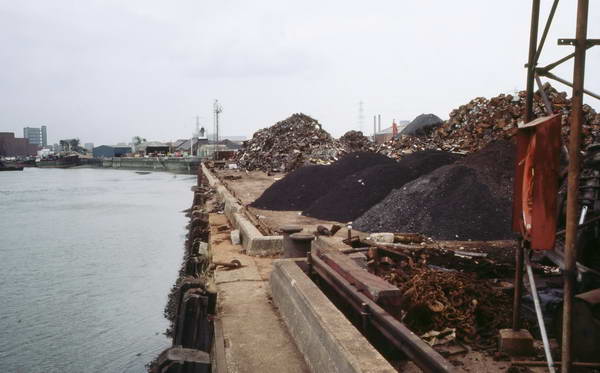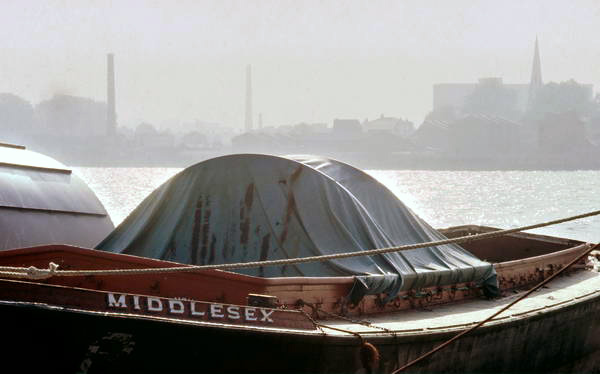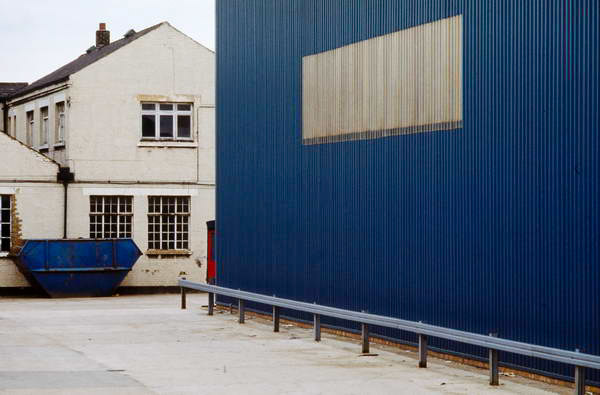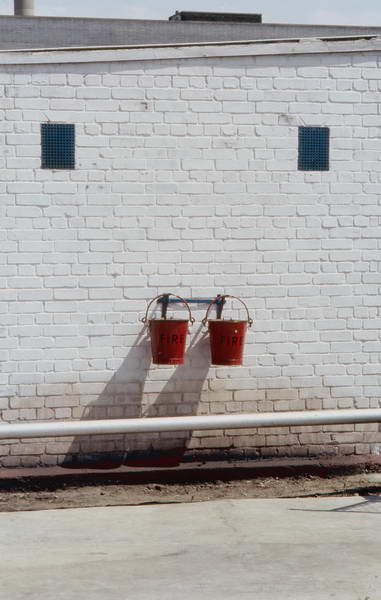For various reasons I’ve been unable to get out and take pictures this month. First there was the swine flu which put me out for a week, and I’m still not 100% fit – the flu has long gone but I’ve still a bit of a chest infection which gets me coughing whenever I exert myself, and sometimes even if I don’t.
Then there’s been the weather; unless there is something really important – or someone is paying me – I’m not normally going to photograph in the raging gales and pouring rain we had on Saturday. Perhaps I should get a waterproof camera and put up with it.
But the weather didn’t just put me off, it also closed the railway line that I rely on to get to London, the flooding rendering a bridge unsafe. Three days later it’s still closed to traffic and we’re hoping it will reopen by the weekend. Meanwhile, there’s a bus link and an extra 45 minutes or so on what is normally a 30 minute journey. Instead of a little over an hour spent travelling in both directions its now more like three.
And of course, being November it now gets dark so early. Unless I pay higher fares to travel early there is really little time to work if I come up and want to photograph by daylight. Of course I should be taking advantage of the fact that I can now take night photographs and still get home in time for a good dinner, and perhaps when I feel a bit better I will. But for the moment I’m mainly staying in and getting on with various things around the house. Sunday I gave the eucalyptus tree its annual trim and Monday I cut down most of the creeping plant that covers much of the front of the house.

River Thames view towards Bow Creek and Trinity Buoy Wharf
But I’ve also found time to get on with scanning the slides from the River Lea in the 1980s I found the other day. The Epson V750 really does do a very good job of 35mm, hard to tell the results from those with my dedicated film scanner, a Minolta Dimage Scan MultiPro, probably (especially when used with the Scanhancer diffuser) the best non-drum film scanner ever produced.

Another from the River Thames and not the Lea
Unlike Minolta (now out of business), Epson are still bringing out software updates for this scanner, and had I downloaded and installed the latest version at the start it would have saved me some time, as it turns out to be more reliable on my system than the older version I had installed.
Epson also supply a set of ICC profiles for use with the scanner (for transparencies, mono transparences and reflective material) and with correctly exposed slides – Agfa, Kodachrome and E6 – this generally gives excellent results. The Epson software also lets you adjust the exposure3 – black, white and mid points precisely, though it is just a little fiddly as it shows you the histogram of the original rather than the result, and you have to make an adjustment then click to see its effect.
Using the scanner with the film holder which holds 12 mounted slides, the software automatically detects and crops the image areas (it is sometimes fooled by some very dense slides), allowing you to set the exposure individually for each of them then click the scan button and forget about it until all 12 have been scanned. Scan times are pretty short, but of course depend on resolution and on whether you choose to use the various software corrections such as Color Restoration, Backlight Correction, Dust Removal and Digital Ice.
I’ve tested most of these things and so now normally leave them all switched off. They must have their uses (other than for marketing) but I’ve failed to find them. I scan 35mm colour transparencies at either 2400dpi or 4800dpi if I’m feeling serious, and in 48 bit colour, using the scanning software in standalone mode.
At 4800dpi the scans are rather large – around 150Mb – and handle a little slow on my ageing computer. 2400 dpi gives files at roughly 3000 x 2000 pixels, good enough for prints up to around A4 in size or even a little larger. 4800 dpi gives files around 6000 x4000 pixels, and there is little point in any higher resolution as the files essentially contain all the detail that there is in the slide.It is also the highest actual optical resolution of the scanner.

Using the software in standalone mode means I can continue to work in Photoshop while the scan is taking place. All slide scans benefit from some dust removal, however careful you are – unless perhaps you actually work in a ‘clean room’, but I’ve only ever found one effective piece of software to do this. Polaroid some years ago made their ‘Dust & Scratches‘ filter for Photoshop – and other apps that use Photoshop plugins – available free of charge (it also runs as a standalone program if you don’t have Photoshop.) At settings similar to those shown below it removes most small dust spots and loses very little if any detail; at higher levels of some sliders you can get some nasty artefacts produced, so it has to be used with a little care.
Since Polaroid had its problems, this software has disappeared from the Polaroid site, but you can still find it on the web, though perhaps you shouldn’t tell too many people, just rush off and download it before it disappears. Of course it may not work on Windows 7 or recent Mac versions, but its fine on Windows XP.
After applying this, I then take a quick look at the histogram using the Levels dialogue (Ctrl-L) and adjust those if necessary, as well as setting the mid tones to an appropriate value. Most scans need nothing doing at this point. If I’m still not satisfied by the contrast and the colour balance I then go on the the Curves dialogue (Ctrl-M) and use the middle eye-dropper from there to select a suitable neutral in the image, after that making any adjustments needed to the curve to get the contrast and brightness I want.
Large scans I tend to save at this point and write to CD later in case I want to work on them at a later date without the time involved in re-scanning. Then I cut down the image from 16 bit per channel to 8 bit so I can save as a jpeg on my hard disk (usually at quality 11) to give a master file from which I can print, make web size jpegs etc.
Working at 2400 dpi, I can process the scans as above in a couple of minutes, more or less at the same speed as the scanner works. That way I can probably do decent quality scans from around 20-30 slides an hour. Working at 4800 dpi slows things down to perhaps a quarter of this rate, but is still significantly faster than the Minolta slide scanner, where two high res images an hour is a good rate.

Having produced around 150 images, there was then the problem of putting them all on line. Rather than hand-crafting web pages I decided to use a Lightroom HTML web gallery. This produced the structure of the new site pages in a matter of seconds, but I wasn’t happy with the quality of the images. Fortunately it was a simple matter to copy better files to replace them – making sure of course they were the correct size in pixels. Possibly I could have got Lightroom to produce better files by altering some of the parameters, but it was easier to use those I had. I do normally use Lightroom to produce my images for the web after all.

Possibly on Stratford Marsh…?
There are pictures in these sets that I would normally have edited out (and one I left out by mistake) but with historical archive material some of the finer points of photography are perhaps less important than the subject matter.

Two blue rectangles, two red buckets – but where?
I haven’t captioned these images either, which at least solved one problem, which is that as well as not having a proper filing system, at the time I was not particularly interested in knowing the exact locations of the colour pictures I was taking. Of course it is vital to their value as historical record, and while I do know most of the locations there are a few – such as the couple above – that are annoyingly hard to place.
The two galleries are linked into the rest of my Lea Valley – River Lea site – at the bottom of the page. Clicking on my name on any of the display pages takes you back to the home page for the site.